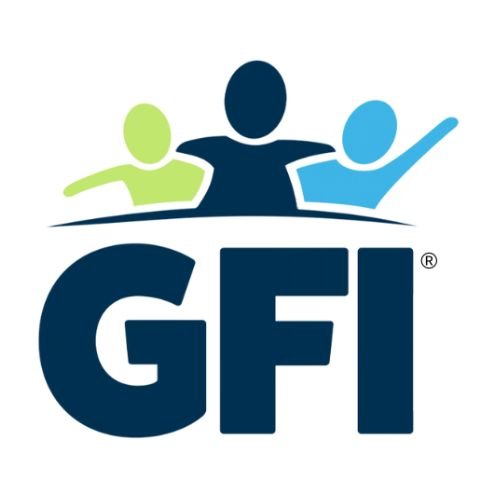Exploring Universal Design and Inclusion
While we celebrate the rainbow of neurodivergence, there also exists a challenge for educators and caregivers, who need to guide many variations of learners, regardless of neurotype, catering to their individual style of comprehension and attention. This is where Universal Design for Learning (UDL) truly changes the game.
Myths about People with Divergent Neurology and Their Lived Experience
Back when they were going through various developmental screenings and diagnostic processes, I had some preconceived notions of what their newly-named neurological differences meant. When I heard “autism”, I thought “Rain Man”. When I heard “ADHD”, I thought “overdiagnosed”. When I heard “intellectual disability”, I thought “not capable of graduation”. None of those thoughts were helpful.
5 Steps to a More Inclusive Classroom
Educating a broad cross section of students successfully is difficult without deliberately creating a sense of belonging for all. Universal Design for Learning guidelines help educators develop instruction inclusive of differing learning abilities, neurotypes, genders, and cultures.




